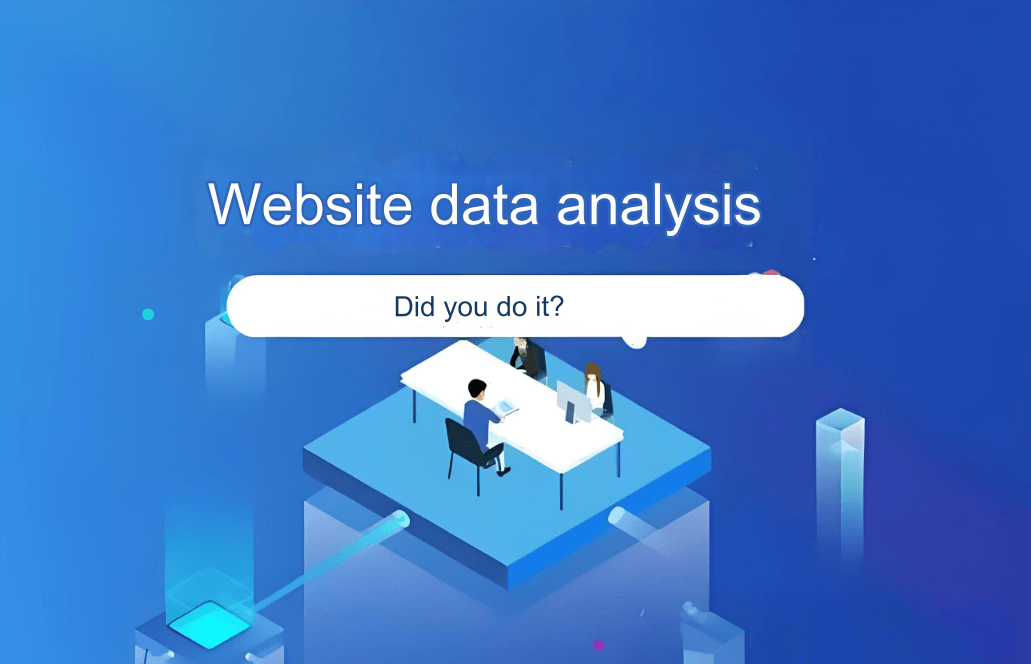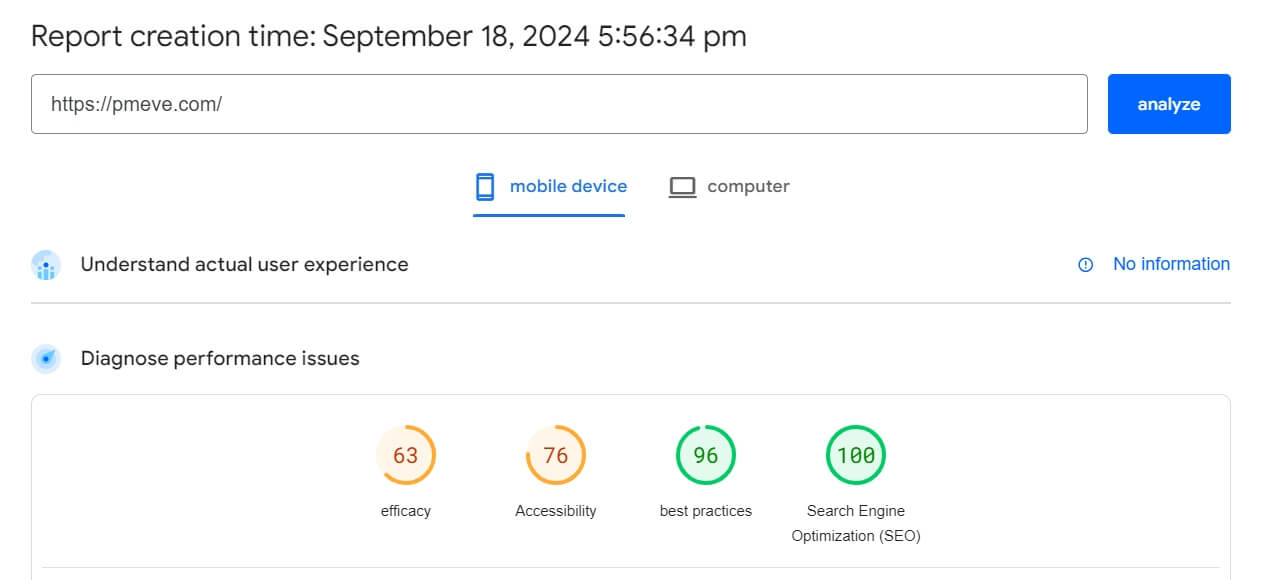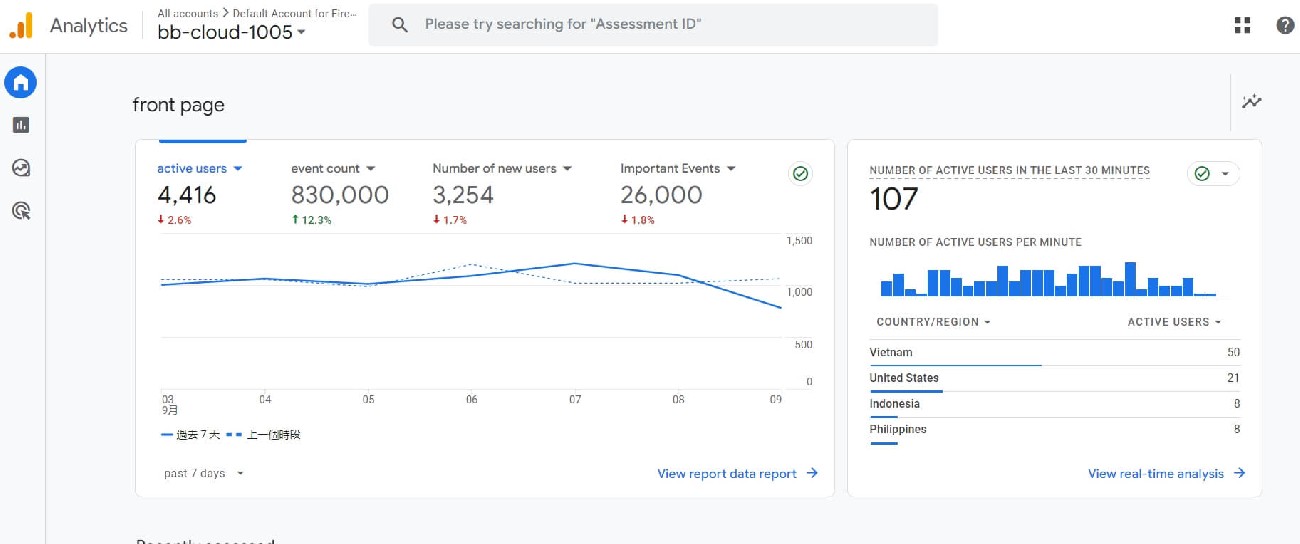In today's competitive business environment, market research has become a key factor for business success. By deeply understanding consumer needs, market trends, and competitor dynamics, companies can develop more effective strategies, optimize products and services, and enhance customer satisfaction. Market research not only helps businesses identify potential opportunities but also reduces risks, ensuring scientific decision-making. Therefore, mastering market research tools, such as Google Trends, will provide strong support for businesses to gain an advantageous position in the global market.
What is Google Trends?

Google Trends is a free tool provided by Google to analyze and display search trends for specific keywords globally. It allows users to view the popularity of a particular keyword over different periods and regions, helping them understand shifts in public interest. With Google Trends, users can discover trending searches, related queries, and regional differences, providing valuable data for market research, content creation, and product development. The tool is simple and easy to use, suitable for individuals, businesses, and researchers for data analysis.
How to Use Google Trends
-
Search Keywords
Enter the keyword or phrase you're interested in into the search bar at the top of the page, then click the search icon.
Example search: bitcoin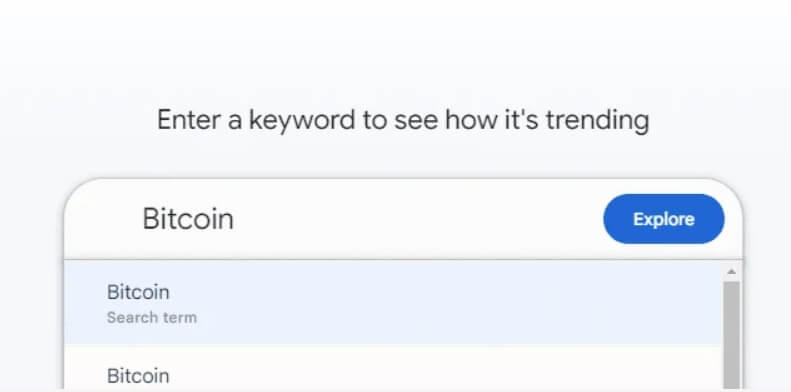
-
View Trend Data
A graph displaying the search popularity of the keyword will appear. You can select different time ranges (such as the past 7 days, 30 days, 12 months, etc.) and regions (global or specific countries/regions) for more precise results.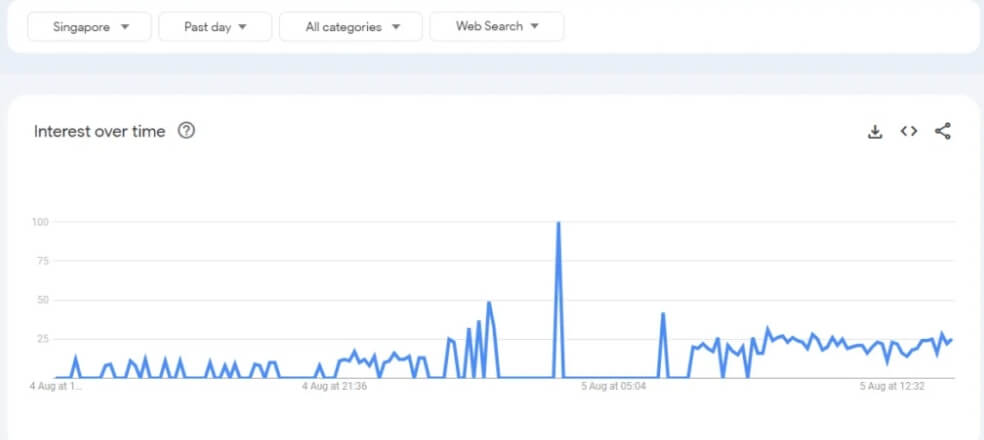
-
Analyze Related Queries
Scroll down to view related popular searches and queries, which can help you understand the direction of consumer searches and other interests.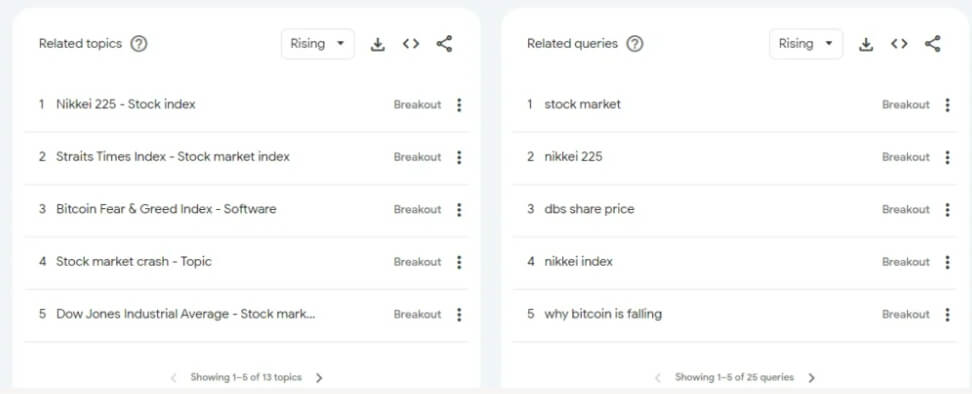
-
Use Comparison Feature
Add multiple keywords for comparison to see the differences in their search trends.
-
Download Data
If needed, you can export the data as a CSV file for further analysis.
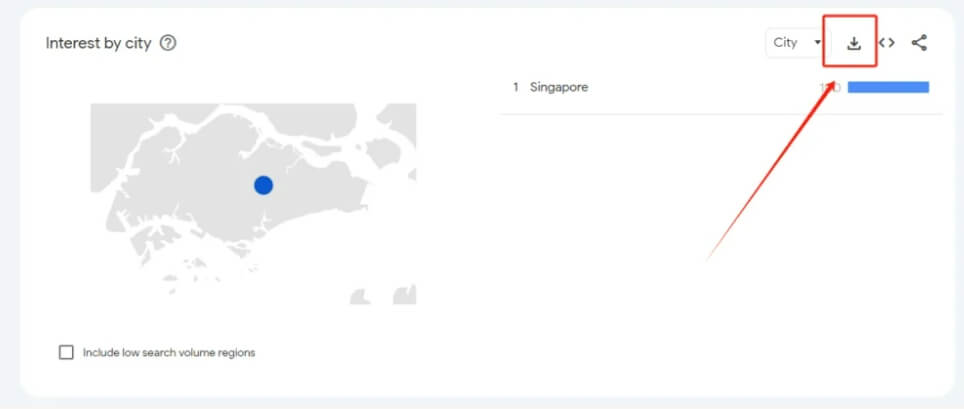
By following these steps, you can easily access and utilize Google Trends to gain valuable market insights and data support.
Main Features of Google Trends
Based on the steps above, we can summarize the main features of Google Trends:
-
Keyword Search
Users can input specific keywords or phrases to view search popularity changes over different time periods. -
Geographic Analysis
Allows users to view search trends for specific keywords in different regions, helping to identify geographic interest differences. -
Time Range Selection
Users can choose to view keyword data from the past few hours, days, months, or years to understand long-term or short-term trends. -
Related Queries
Displays related popular searches and topics, helping users discover potential new interest points or market opportunities. -
Comparison Feature
Users can enter multiple keywords simultaneously for comparison, allowing for competitive analysis. -
Data Export
Users can export search results as CSV files for further data analysis and processing.
These features make Google Trends a powerful market research tool.
How to Use Google Trends for Market Research
-
Identify Market Demand
Enter keywords related to your product or service to see its search popularity. This helps you understand shifts in consumer interest and gauge market demand. -
Competitive Analysis
Use Google Trends to compare your keywords with competitors and analyze their search trends. Understanding competitors' strengths and weaknesses can help you devise appropriate market strategies. -
Content Creation
Identify potential content topics based on the popular searches and related queries provided by Google Trends. This helps you create more engaging and relevant content to meet the needs of your target audience. -
Product Development
By analyzing consumer search trends, you can identify potential product opportunities. For instance, check related search terms for a product to understand shifts in consumer preferences and demands. -
Geographic Analysis
Observe the interest in specific keywords across different regions to help you develop regional marketing strategies and introduce customized products or services for different markets. -
Monitor Trend Changes
Regularly use Google Trends to monitor search trends for relevant keywords, allowing you to adjust your market strategy in response to changing consumer demands.
By following these methods, you can effectively use Google Trends for market research and gain valuable insights to optimize business decisions.
Limitations and Considerations
While Google Trends offers a range of advantages, it also has certain limitations, including:
-
Data Representation
Google Trends only reflects the behavior of users using the Google search engine, which may not fully represent all consumer interests and needs. -
Inconsistent Search Volumes
Changes in search popularity may be influenced by seasonal factors, events, or news, which may not necessarily reflect long-term trends. -
Keyword Ambiguity
Some keywords may have multiple meanings, resulting in imprecise search results and making it difficult to accurately assess user intent. -
Geographic Limitations
While regional data is available, the search volume in smaller areas may not be sufficient to provide reliable trend analysis. -
Lack of In-Depth Analysis
Google Trends provides relatively superficial data, lacking deeper consumer behavior and sentiment analysis. -
No Specific Search Volume
Google Trends does not provide specific search volume numbers, only relative popularity, which may make quantitative analysis challenging.
Given these limitations, if you want more comprehensive results, you should combine data from other market research tools, such as SurveyMonkey, Statista, SimilarWeb, etc., for a more well-rounded analysis.
Successful Use Cases of Google Trends
Google Trends has been widely used across various industries, with many companies benefiting from its research data to optimize product performance. For example:
-
Netflix
Case: Netflix uses Google Trends to analyze shifts in viewer interest in specific types of content, optimizing its content recommendations and marketing strategies. Before launching new series, Netflix checks the search popularity of related keywords to predict audience interest. -
eBay
Case: eBay monitors consumer search trends for specific products using Google Trends to adjust its inventory and promotional strategies. By analyzing seasonal trends, eBay can launch timely promotions for popular products. -
Groupon
Case: Groupon uses Google Trends to analyze users' interest in local activities and deals, helping the company develop marketing strategies tailored to different cities and regions. By understanding which deals are most popular, Groupon can attract more customers effectively.
Conclusion
Without a doubt, Google Trends is a powerful market research tool that helps businesses and individuals analyze consumer interests and behavior. By entering keywords, users can access information on search popularity, geographic analysis, and related queries, providing valuable insights for content creation, product development, and marketing strategies. However, Google Trends has limitations, such as insufficient data representation, keyword ambiguity, and lack of in-depth analysis. Therefore, it is recommended to use it in combination with other market research tools to obtain more comprehensive results.
